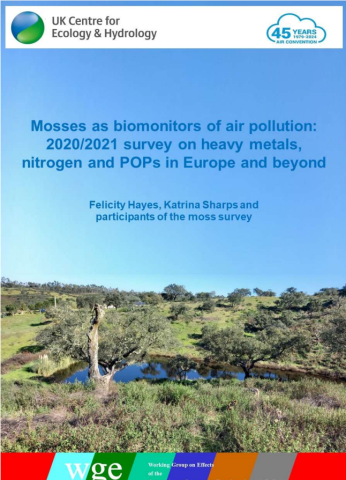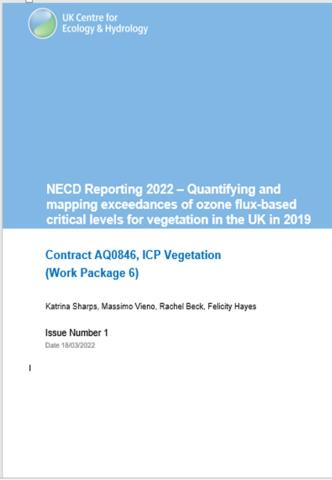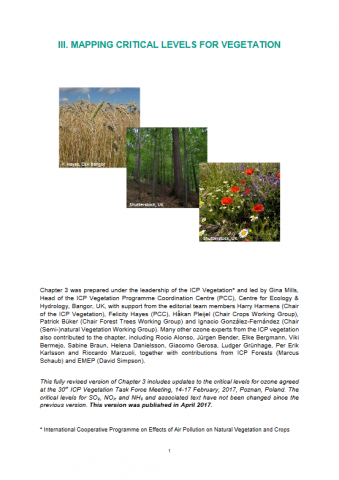| Title | Limited potential of crop management for mitigating surface ozone impacts on global food supply |
| Publication Type | Journal Article |
| Year of Publication | 2011 |
| Authors | Teixeira E., Fischer G., van Velthuizen H., van Dingenen R., Dentener F., Mills G., Walter C., Ewert F. |
| Journal | Atmospheric Environment |
| Volume | 45 |
| Pagination | 2569-2576 |
| Date Published | May |
| ISBN Number | 1352-2310 |
| Accession Number | WOS:000290069400013 |
| Keywords | ozone |
| Abstract | Surface ozone (O(3)) is a potent phytotoxic air pollutant that reduces the productivity of agricultural crops. Growing use of fossil fuel and climate change are increasing O(3) concentrations to levels that threaten food supply. Historically, farmers have successfully adapted agricultural practices to cope with changing environments. However, high O(3) concentrations are a new threat to food production and possibilities for adaptation are not well understood. We simulate the impact of ozone damage on four key crops (wheat, maize, rice and soybean) on a global scale and assess the effectiveness of adaptation of agricultural practices to minimize ozone damage. As O(3) concentrations have a strong seasonal and regional pattern, the adaptation options assessed refer to shifting crop calendars through changing sowing dates, applying irrigation and using crop varieties with different growth cycles. Results show that China, India and the United States are currently by far the most affected countries, bearing more than half of all global losses and threatened areas. Irrigation largely affects ozone exposure but local impacts depend on the seasonality of emissions and climate. Shifting crop calendars can reduce regional O(3) damage for specific crop-location combinations (e.g. up to 25% for rain-fed soybean in India) but has little implication at the global level. Considering the limited benefits of adaptation, mitigation of O(3) precursors remains the main option to secure regional and global food production. (C) 2011 Elsevier Ltd. All rights reserved. |


